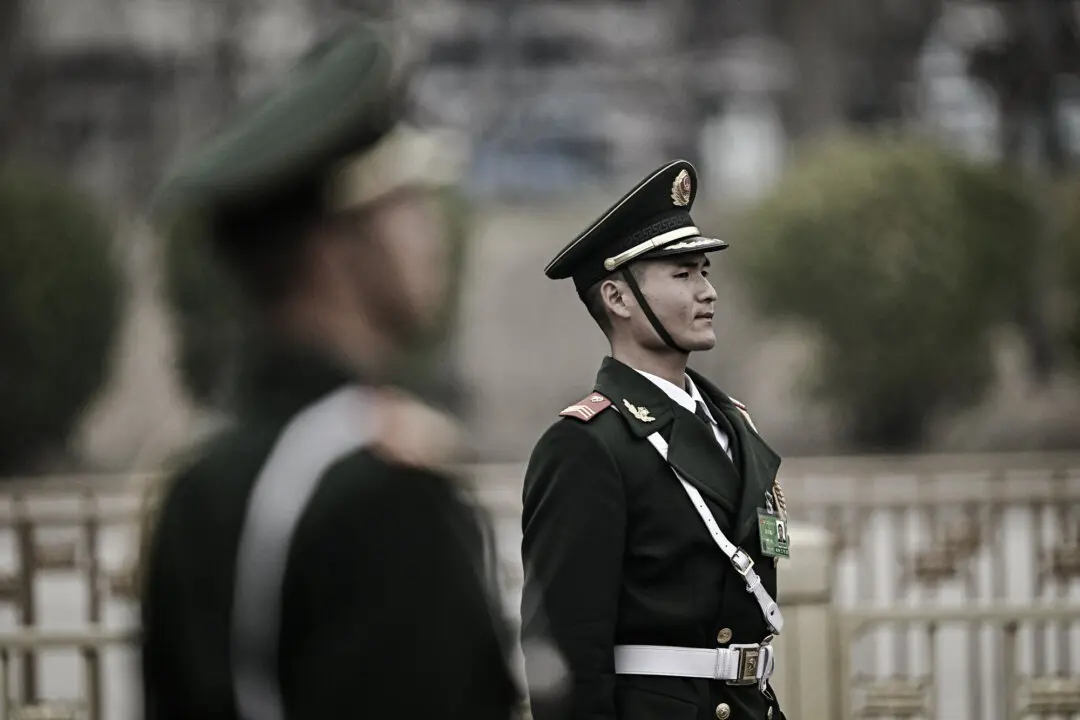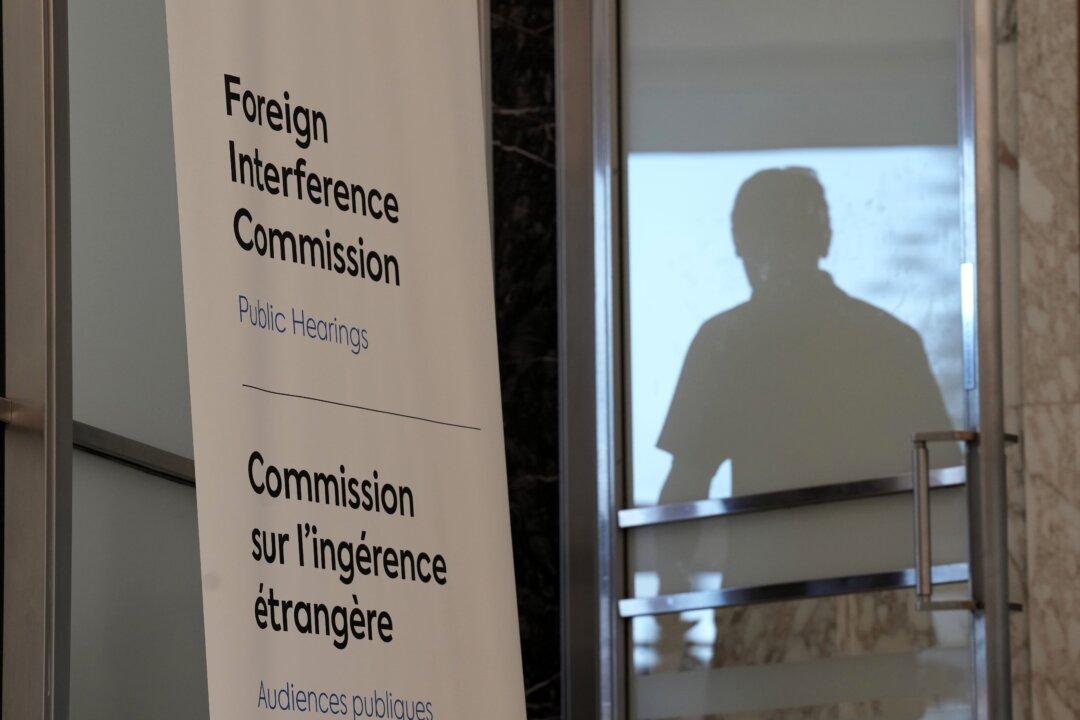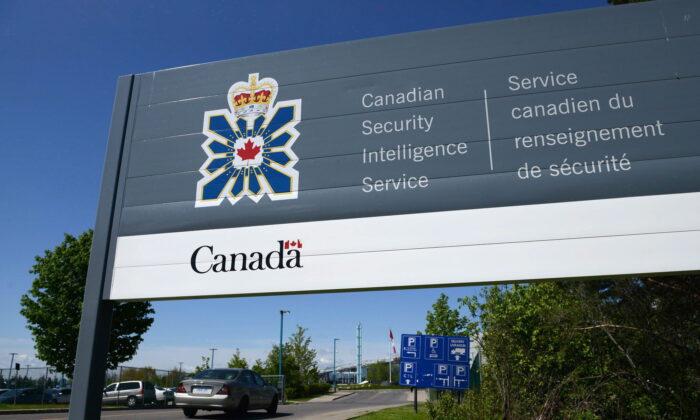Headline writers have a challenging job before them (note that they are rarely, if ever, the same people who actually write columns or news stories in the media). They have to read an article, understand it, figure out something to write in less than 10 words that captures the essence of the piece, and compose it in such a way that the reader sees it and says, “Wow! I really want to read the whole thing now!”
In other words, there is a level of sensationalism to the art of the headline. While one hopes accuracy is in there somewhere, the real goal is to sell content to consumers.
Of course, each headline writer has his or her own internal biases, in part determined by the tone of the medium and in part personal in nature. The need to sell the article is tied to what kind of audience is the intended target. As societies change, media companies have to keep up with preferences to ensure good results.
Which brings me to terrorism.
We are in an era in Canada, and perhaps in a few other Western countries, where it sure seems that the only threat that matters is that from the nebulous far right. This veritable dog’s breakfast of groups and movements, stretching from neo-Nazis and fascists, to white nationalists and supremacists, to even vaccine denialists, Q-Anon and incels (involuntary celibates), is now portrayed as growing rapidly in our country and the United States, poised to carry out attacks everywhere in their campaign to impose their views on the rest of us. Headlines scream this regularly in Canadian media, as self-styled “national security experts” try to convince us of the inevitability of a reign of terror.
Except they are mostly wrong. Not only has the threat as described by these scholars been grossly exaggerated, but the actual real world incidence of attacks has been all but non-existent. Note that I am stressing “real world” events and not online messaging; anyone who doesn’t make that distinction is most assuredly NOT a terrorism expert in my view.
The facts speak for themselves. Canada did not witness one single act of far-right terrorism in all of 2022. This data point is problematic for the terrorism Chicken Littles. If you spend all your time running around warning of waves of violent extremist acts by those holding right-wing views, and no such acts occur, at a minimum your credibility suffers. And what is worse, as far as I can see it, is the complete absence of admission of error. We rarely (ever?) see anyone write something along the lines of: “Nine months ago I boldly predicted an increase in terrorist attacks by white supremacists. None took place. I apologize for my hubris and arrogance and will do better in the future not to make similar bad analyses.” Instead they move on to the next “prediction,” which is equally likely to be off-base.
What then should the average Canadian news junkie do? It’s simple. Look at the article in question and see who wrote it. What biases does the author have? What experience in counter-terrorism does the writer provide evidence for? What data is used, where is it from, and how reliable is it? I know this is a lot to ask of an average reader skimming the headlines, but if we are to gain a better comprehension of threat in order to make better decisions on how to confront (and prevent) terrorism, we must question in a healthy way the information we are fed. There really is no other option.
For 2023, then, I have my own wish list of resolutions, but for others in the national security field. Don’t exaggerate threat in order to draw attention to yourself—you are not that important. Base your ideas on data and make sure the data is solid. Don’t simply follow the herd’s mentality—many sheep are going in the wrong direction. Admit when you blow it.
We may see some terrorist attacks in our fair land in the coming year. Then again, we may not. We are a relatively safe land in a world where that quality is sorely missing. This is not a call to become complacent, but one to be sober in our analysis and not seek attention for all the wrong reasons.





